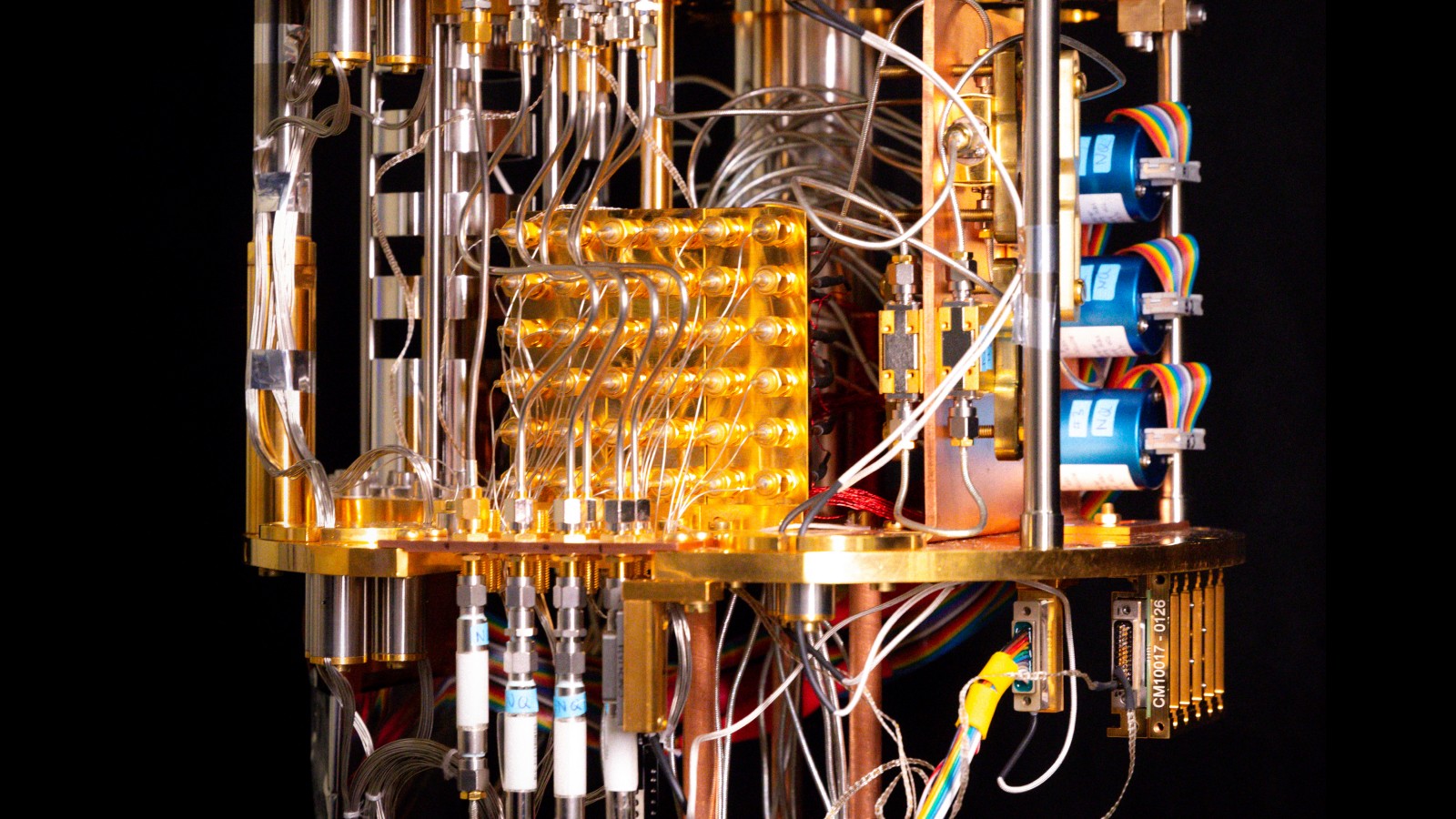Crystals, Vol. 14, Pages 77: Crystal Engineering of Hydrogen Bonding for Direct Air Capture of CO2: A Quantum Crystallography Perspective
Crystals doi: 10.3390/cryst14010077
Authors: Sylwia Pawlędzio Xiaoping Wang
Rising atmospheric CO2 levels demand efficient and sustainable carbon capture solutions. Direct air capture (DAC) via crystallizing hydrogen-bonded frameworks such as carbonate salts has emerged as a promising approach. This review explores the potential of crystal engineering, in tandem with advanced quantum crystallography techniques and computational modeling, to unlock the full potential of DAC materials. We examine the critical role of hydrogen bonding and other noncovalent interactions within a family of bis-guanidines that governs the formation of carbonate salts with high CO2 capture capacity and low regeneration energies for utilization. Quantum crystallography and charge density analysis prove instrumental in elucidating these interactions. A case study of a highly insoluble carbonate salt of a 2,6-pyridine-bis-(iminoguanidine) exemplifies the effectiveness of these approaches. However, challenges remain in the systematic and precise determination of hydrogen atom positions and atomic displacement parameters within DAC materials using quantum crystallography, and limitations persist in the accuracy of current energy estimation models for hydrogen bonding interactions. Future directions lie in exploring diverse functional groups, designing advanced hydrogen-bonded frameworks, and seamlessly integrating experimental and computational modeling with machine learning. This synergistic approach promises to propel the design and optimization of DAC materials, paving the way for a more sustainable future.

 3 months ago
32
3 months ago
32

